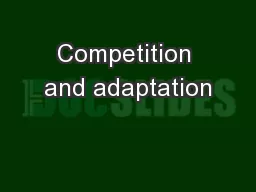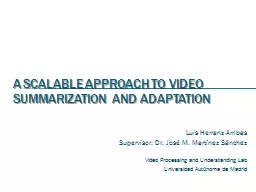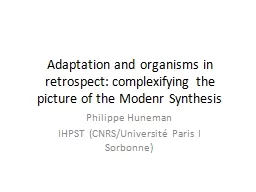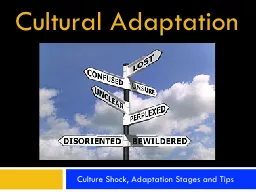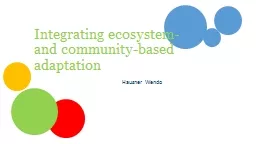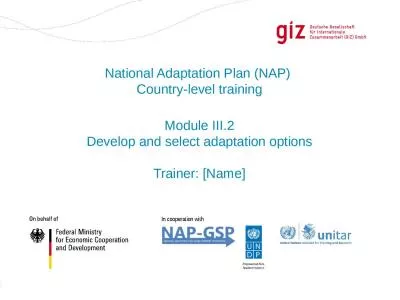PPT-Competition and adaptation
Author : cheryl-pisano | Published Date : 2018-10-05
What are they competing for Which will win What will happen to the loser Scented rose Unscented rose A B or or Albino peacock Normal peacock How are these organisms
Presentation Embed Code
Download Presentation
Download Presentation The PPT/PDF document "Competition and adaptation" is the property of its rightful owner. Permission is granted to download and print the materials on this website for personal, non-commercial use only, and to display it on your personal computer provided you do not modify the materials and that you retain all copyright notices contained in the materials. By downloading content from our website, you accept the terms of this agreement.
Competition and adaptation: Transcript
Download Rules Of Document
"Competition and adaptation"The content belongs to its owner. You may download and print it for personal use, without modification, and keep all copyright notices. By downloading, you agree to these terms.
Related Documents

